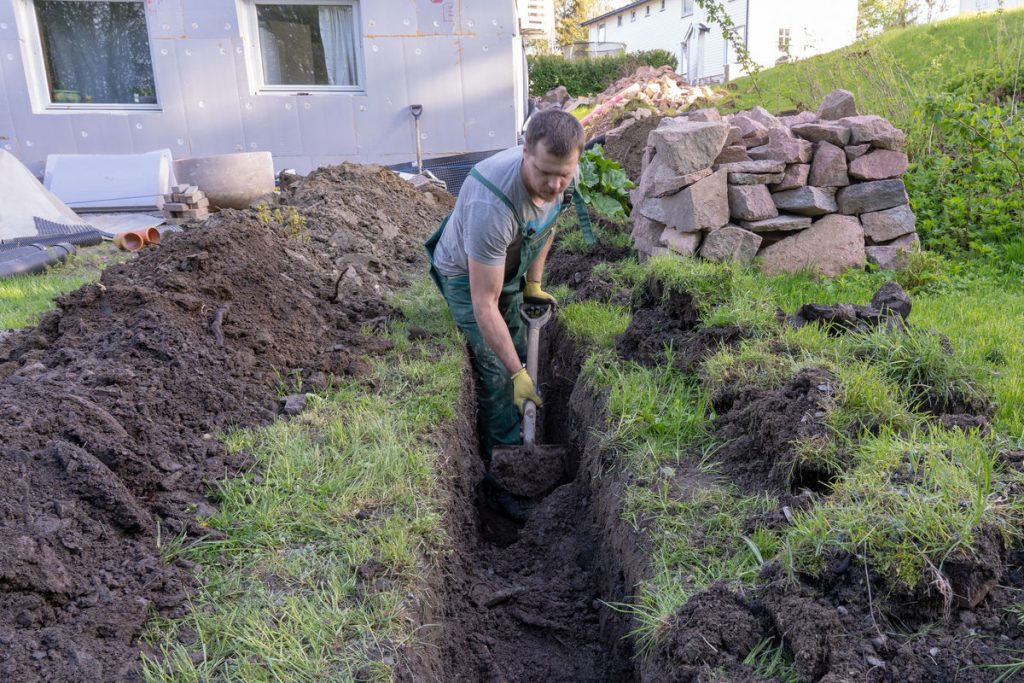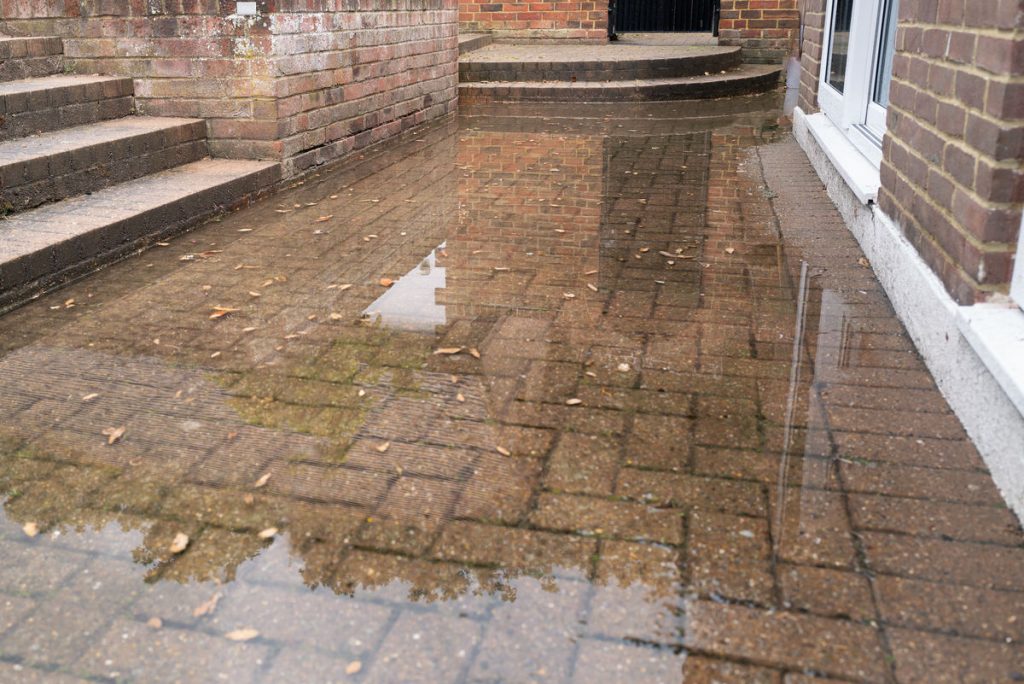Pooling water is a major problem during and after heavy rainfall or typhoons. Water can build up in your driveways, gutters, or French drains, causing problems for you and your home if left to filter through communal pipes.

Likewise, if there’s too much water, it can burst pipes or worsen flooding, which leads to extensive repair work. Building and using a personal soakaway can prevent these issues from happening. It’s also an eco-friendly and yard-friendly way of preventing water damages to your property.
What’s a Soakaway System?
A soakaway system is an eco-friendly and efficient way of dealing with either excess or foul water in your drainage system. Depending on the type you use, the pipe that runs to your soakaway will either come from:
- a private system, such as a sewage treatment plant or septic tank
- an area where there’s an overflow of surface water, such as French drain systems
- your property (typically a gutter)
The goal of installing and using a soakaway is to take the water and discharge it and percolate it back into the surrounding soil. Careful planning is necessary to properly use and install soakaway crates and avoid a blocked soakaway system.

Types Of Soakaway Systems
How your soakaway look and where you can use it will depend on the type of system you choose. Here are the two types of soakaway systems:
- Rainwater Soakaway
A rainwater soakaway prevents a greater volume of water from heavy rain or typhoons from entering your main sewer system and overwhelming it. The system also prevents flooding in the land around your property, such as the driveway or your garden. It also helps with draining during heavy rains.
Rainwater soakaway systems are often made of plastic modular storage cells, usually known as soakaway crates, resembling old-fashioned milk crates. These are placed in a pit on your land property and may be connected to your home’s gutter or attached to your French drain installed somewhere in your garden.
- Wastewater Soakaway
This type of soakaway system is connected to a sewage treatment plant or septic tank, discharging the treated wastewater that comes from your property.
It looks like a series of holed pipes laid in trenches in an area of land surrounding your property, usually a field or garden. The treated foul water is discharged into this land. The area around the pipes is usually covered with gravel or stones and turf.
Considerations Before Using A Soakaway System
- Regulations
There are regulations designed to protect the environment against pollution when it comes to wastewater soakaway. Various regulations depend on your location. In general, the septic tank should only flow and discharge to a drainage field, provided that you have a permit for another soakaway arrangement.
- Percolation Tests
Your soakaway system should undergo a percolation test before installation. This test helps assess the suitability of the ground conditions and the required size of any drainage field.
- Check For Cables And Pipes
Before starting the installation process, you should also check that the area you’re considering has no underground cables or drainage running through. This includes gas mains, electricity cables, drainage pipes, water mains, and street lighting cables. Accidentally cutting through or damaging any of these can be potentially costly and dangerous.
Installing A Soakaway System
First, you need to dig out a pit in the ground for the soakaway crates to sit in. Then, dig out a trench for drainage pipes to bring the excess water into the crates.
For excellent results, it’s best to wrap your soakaway crates in a geotextile membrane. Lay the membrane down, then put the soakaway crates in. Wrap the membrane around the sides and over the top of the crates, then tape it down to keep it secure. This prevents soil debris and particles from entering the crates and building up over time, which can block the pathway of the water.
Connect the pipe into the crate’s pipe entry point. Then, fill up the sides of your pit with 150 mm of shingle or compacted sand and another 150 mm more on top to cover the crates. Then, cover the layer with ordinary soil. Re-apply any turf that you dug up before and it’s finished.
Takeaway
A soakaway crate system plays a critical role in preventing flooding and pooling water by maintaining water levels in your drains. What’s more, this cheap drainage solution is also straightforward to install on your own. This article has provided you with the basics, so start from there.